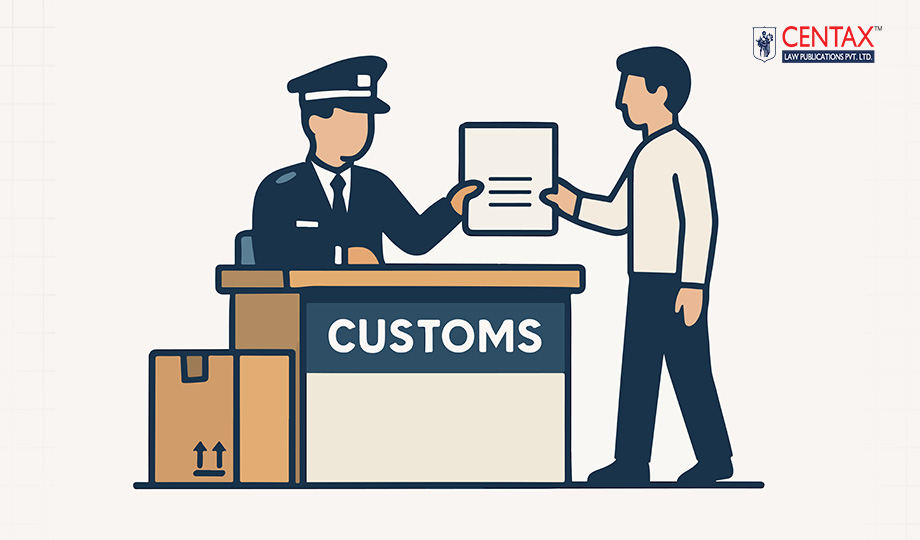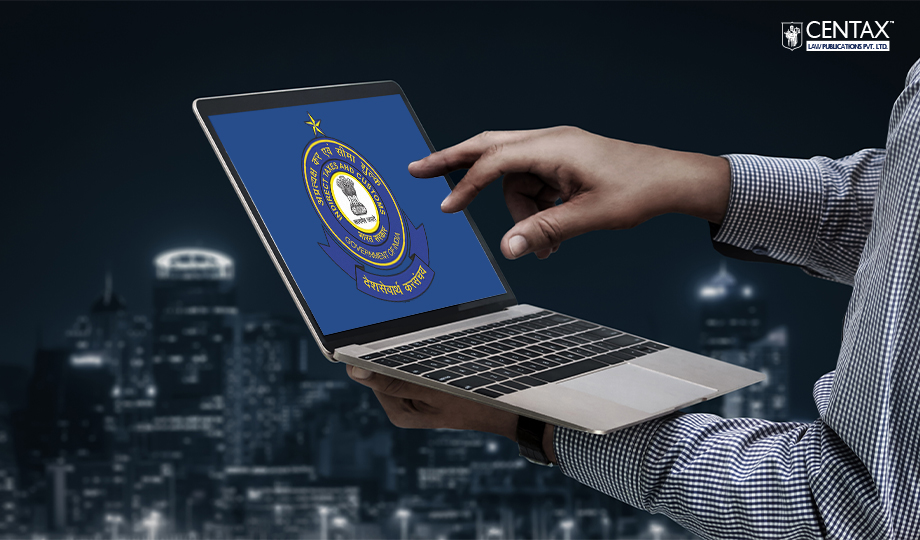
CIRCULAR NO. 26/2025- Customs, Dated 31-10-2025
1. Background
The Central Board of Indirect Taxes and Customs (CBIC) has issued a circular providing detailed procedural guidelines for the revision of entries in Bills of Entry or Shipping Bills after the clearance of goods.
This clarification follows the insertion of Section 18A in the Customs Act, 1962—a newly introduced provision that empowers importers and exporters to revise entries post-clearance, thereby addressing long-standing challenges in amending records after goods have been released.
2. Introduction of Section 18A
The Finance Act, 2025 introduced Section 18A to the Customs Act, 1962, creating a formal mechanism for post-clearance amendment of customs documents.
Prior to this insertion, any modification in import or export documentation after clearance was permitted only through limited administrative remedies or through adjudication, often leading to procedural delays.
With Section 18A now in force, the law explicitly provides a route for correction of genuine errors or updating of entries in already-assessed documents, without requiring litigation or re-assessment proceedings.
3. Key Feature – Revision of Entries after Clearance
Under Section 18A, importers or exporters can revise entries in:
- Bills of Entry (imports), and
- Shipping Bills (exports),
after goods have been cleared, provided that:
- The revision does not impact the assessment of duty or tax liability, unless permitted by the proper officer.
- The request for revision is made within the prescribed time limit and in the manner notified by CBIC.
- The applicant provides relevant documentary evidence supporting the proposed amendment.
This provision aims to facilitate smoother trade compliance and ensure accuracy in data used for export incentives, refund claims, or trade analytics.
4. CBIC’s Guidelines and Procedure
The CBIC circular lays down a structured process for exercising the power under Section 18A. The key procedural aspects include:
4.1 Eligibility and Scope
Revisions can be sought for factual or clerical errors, such as:
- Incorrect HS codes, unit quantities, or invoice numbers,
- Typographical errors in importer/exporter details,
- Mismatch in declared values or description,
- Updates required for post-shipment documentation or export benefits.
4.2 Application Process
- Applications must be filed electronically through the ICEGATE portal in the prescribed format.
- Supporting documents, including justification notes and proof of error, must accompany the request.
- Each request will be assigned a unique reference number for tracking and audit purposes.
4.3 Approval Mechanism
- The Proper Officer will examine the request and, where necessary, seek clarifications from the applicant.
- If satisfied, the officer will approve the revision through the system, with a recorded reason for transparency.
- Approved revisions will automatically update the customs data repository while maintaining audit trails.
4.4 Timelines
Revisions must be sought within a specified period from the date of clearance of goods—details of which are notified separately by the CBIC or the Commissionerate concerned.
5. Objective of the Circular
The primary objectives behind issuing this circular include:
- Enhancing trade facilitation by simplifying post-clearance corrections,
- Reducing litigation arising from minor data errors,
- Ensuring data integrity in customs systems and export reporting, and
- Aligning Indian customs procedures with international best practices under the WCO framework.
6. Expected Impact
The implementation of Section 18A and CBIC’s accompanying circular is expected to:
- Enable faster rectification of genuine errors,
- Improve accuracy of customs records used for duty credit schemes and trade analytics,
- Minimise administrative burden on both trade and department, and
- Reinforce transparency and accountability in post-clearance compliance processes.
7. Conclusion
The introduction of Section 18A and the corresponding CBIC guidelines marks a major procedural reform in India’s customs framework.
By allowing post-clearance revisions of entries under regulated conditions, the Government has responded to long-standing demands from the trade community for flexibility and fairness in customs documentation.
This initiative aligns with India’s vision of “Ease of Doing Business” and supports the transition toward a digitally-enabled, self-compliant customs regime.



















